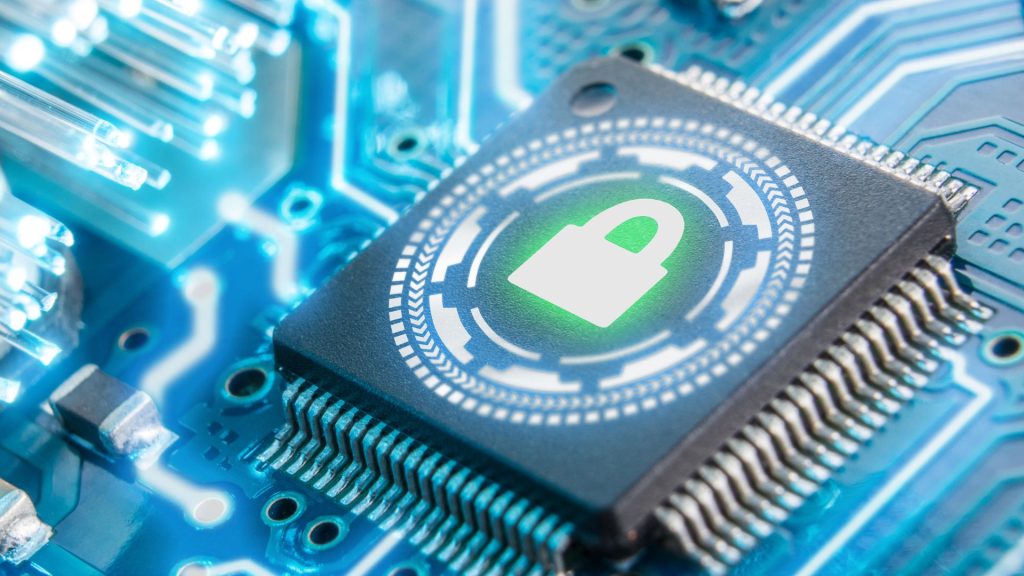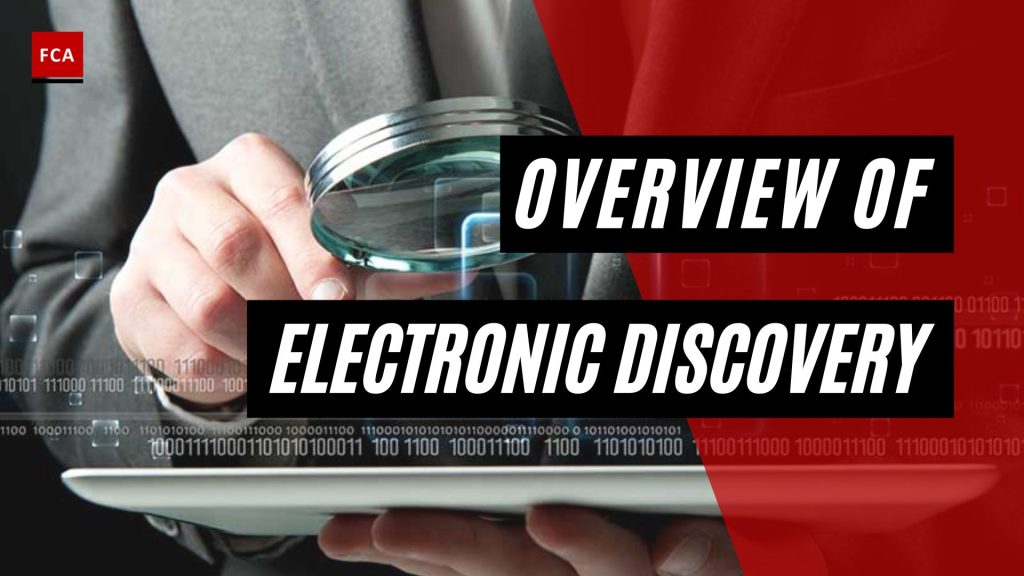Electronic discovery, also known as e-discovery, is the process of identifying and exchanging evidence required in a legal case or investigation. The eDiscovery goes far beyond just technology and gives rise to many legal, political, security, constitutional, and personal data privacy issues, many of which have yet to be resolved.
Evidence gathered in e-discovery is used in the initial phases of litigation when involved parties are required to provide relevant records and evidence related to a case. Before eDiscovery, the parties to a case were used to share information in hard copies or physical documents.
The e-discovery process made it easier for the parties to a case to present the information in an electronic form, considered as more reliable evidence or piece of information. The eDiscovery requires obtaining and exchanging the electronic information or data identified, secured, and searched for to use as evidence for a particular case.

Electronic Discovery or eDiscovery
The eDiscovery process may be performed offline on a specific computer, or it can be performed on the network to discover the facts and circumstances. The data or information collected during the ediscovery process may also include the information in an electronic format, such as texts, emails, and postings on social channels or social media sites.
In the process of performing the electronic discovery or e-discovery, all types of data can serve as evidence, such as electronic files, electronic documents, texts, photos, images, audio, videos, instant messages, cell phone data, spreadsheets, characters, animations, web links, websites, computer programs, codes, references to files, etc. Email may be considered valuable evidence in a particular civil or criminal litigation. Usually, people are found to be less careful in exchanging email correspondences, such as written memos and postal letters, leaving digital footprints as recovery information during the electronic discovery performed by a specialist team.
Digital data is suited for a criminal investigation and may contain metadata, including timestamps, information of senders, information of receivers, file data, timings, and demographics. Digital data is difficult to destroy, particularly once transmitted into a network where it resides on multiple digital files and drives. The data may be destroyed when a hard drive is physically destroyed where the data files are stored.
Issues found related to e-discovery include the collection of new data types and the reduction of cost. The cost of e-discovery is directly related to how much data needs to be identified, collected, and retained for a particular litigation or crime. In case more and new types of data or information are collected, organizations need to incur more money on the storage, information technology, and management of gathered data.

Final Thoughts
Electronic Discovery (eDiscovery) refers to the process of identifying, collecting, processing, reviewing, and producing electronically stored information (ESI) as part of legal proceedings. This process is essential in modern litigation as most information is now stored electronically. The eDiscovery process is essential for ensuring a fair and just legal process. It can help parties gather evidence, establish facts, and identify relevant documents.
However, eDiscovery can also be complex and expensive, especially in cases with large amounts of data. Proper planning and collaboration between legal and technical teams can help streamline the process and minimize costs. Additionally, advances in technology, such as artificial intelligence and machine learning, are being used to help automate and speed up the eDiscovery process.








